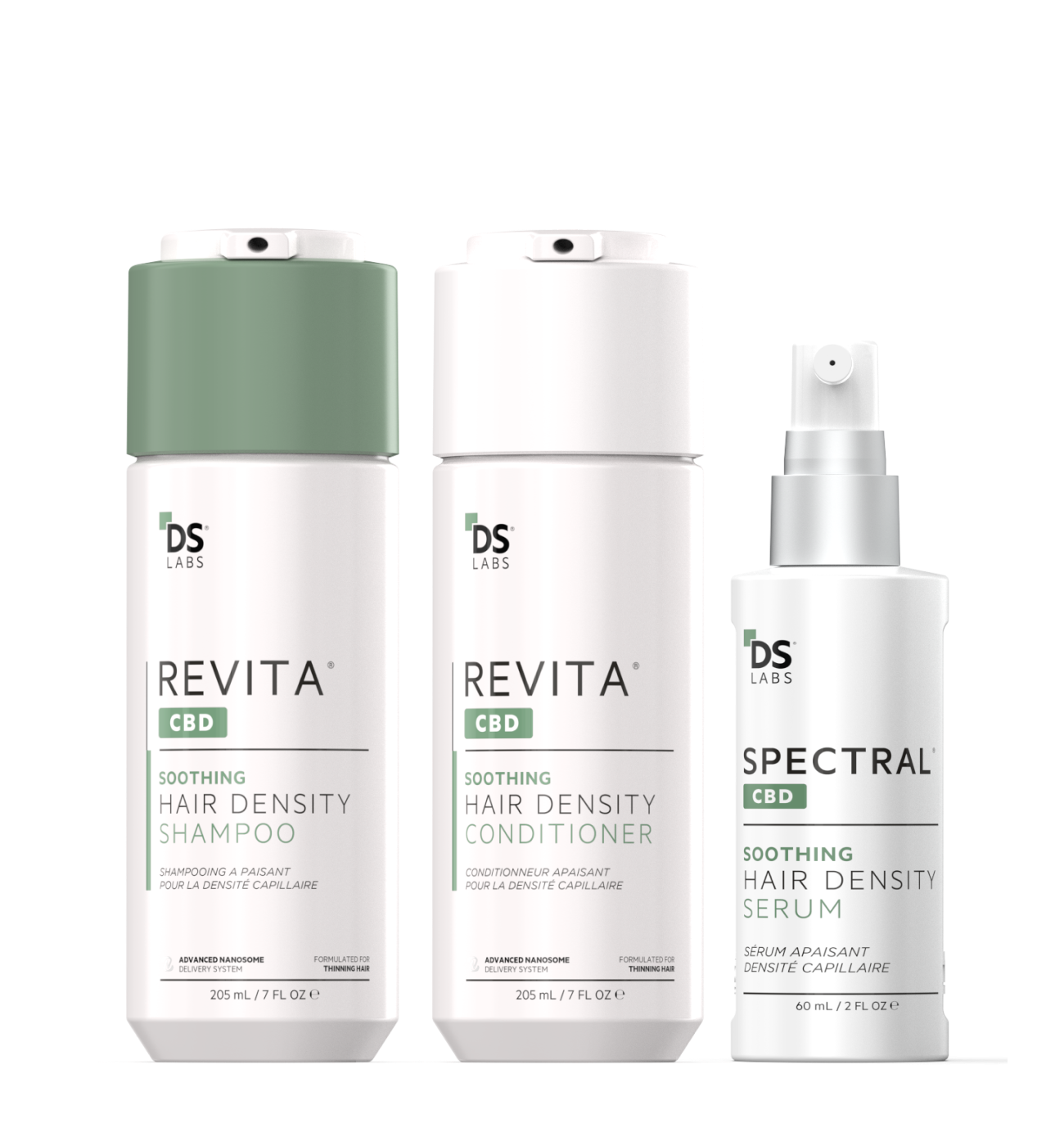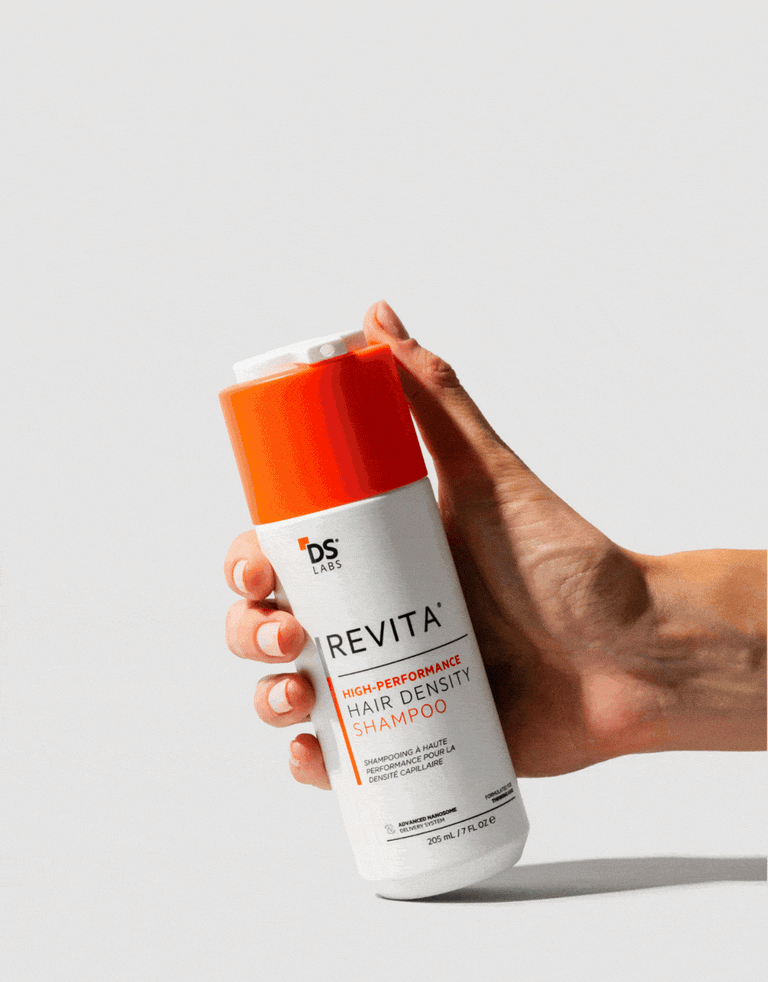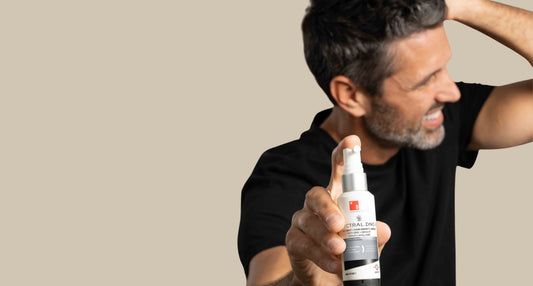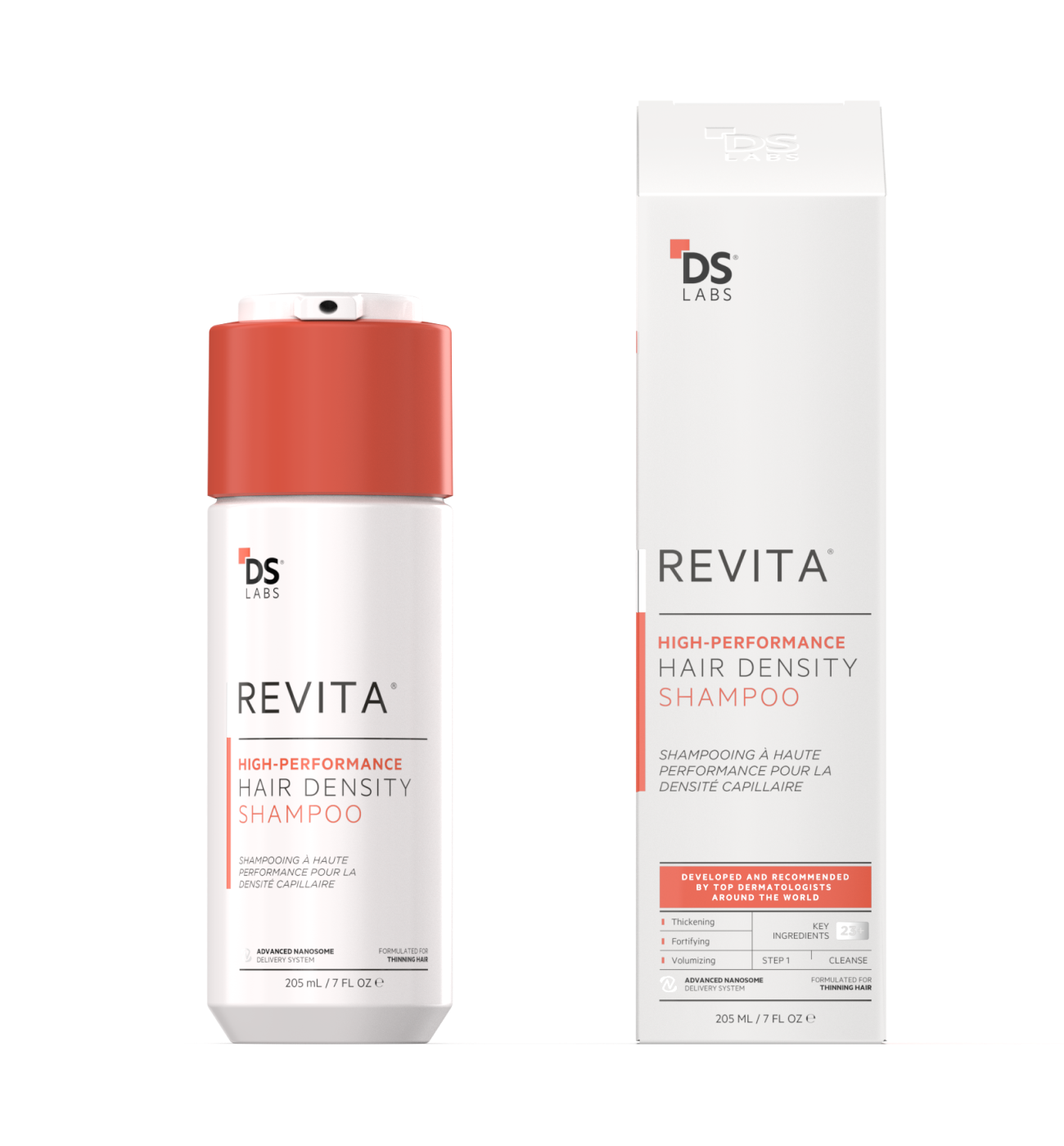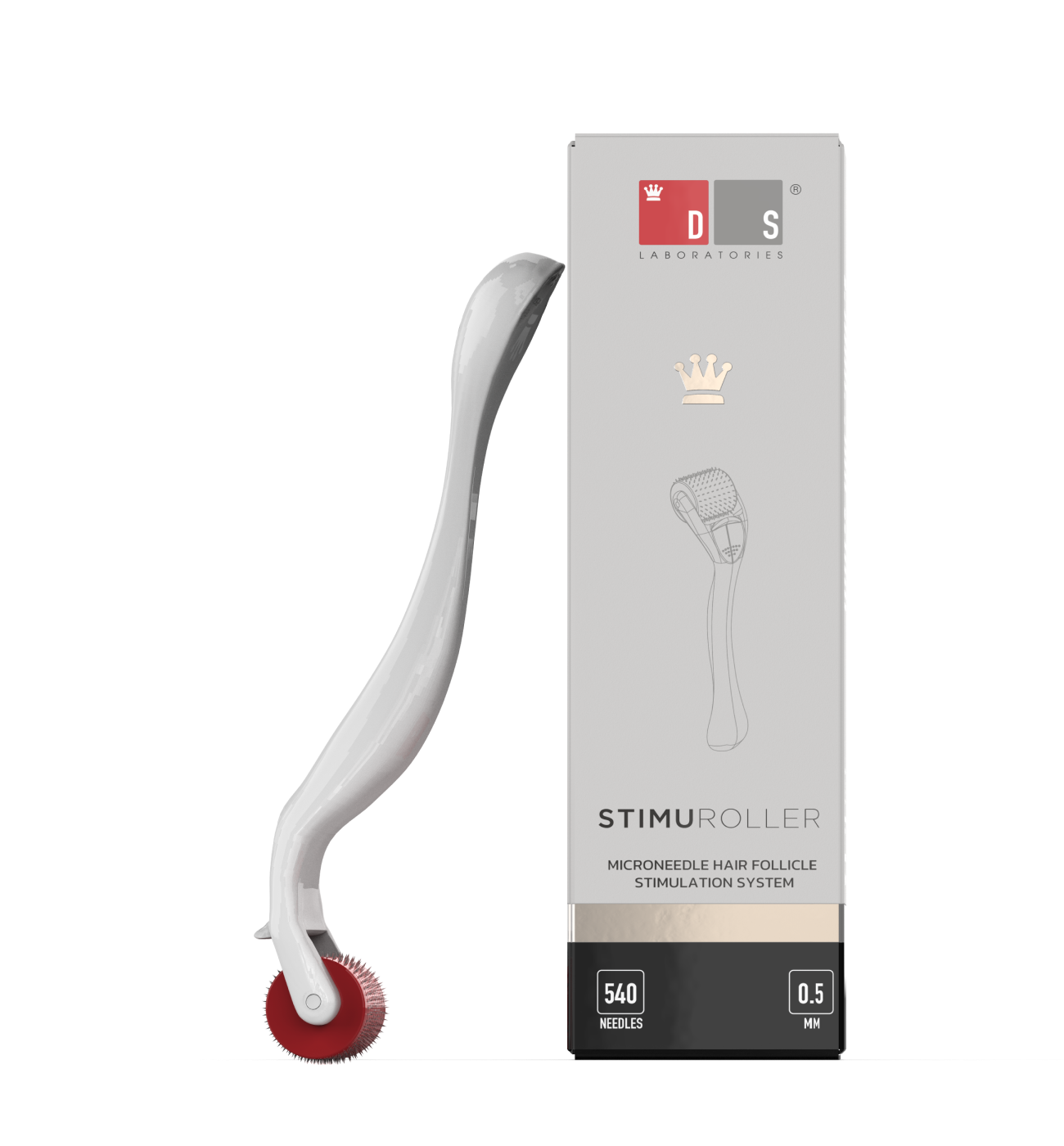A lot of the stress we put on our hair happens in small, unintentional ways. These habits don’t seem damaging in the moment, but over time they can affect how strong, full, and healthy your hair looks. The good news: most of them are easy to adjust.
Here are the everyday habits that quietly impact hair health—and how to fix them with simple, realistic shifts.
1. Tight Hairstyles Every Day
High ponytails, slick buns, extensions, and tight braids create constant tension on the hairline. Over time, this can lead to breakage and thinning in the areas that are pulled the most.
How to stop it:
Rotate styles throughout the week. Give your scalp and hairline recovery days, and choose looser looks when possible.
2. Brushing Hair When It’s Too Wet
Wet hair stretches more easily, which makes it more prone to snapping—especially when detangling aggressively right after a shower.
How to stop it:
Use a wide-tooth comb, start detangling from the ends up, and gently squeeze (never rub) your hair dry.
3. Not Washing Your Scalp Properly
It’s not about washing too often or not enough—it’s about cleansing in a way that supports long-term scalp health. Poor cleansing can lead to buildup, dryness, and irritation, all of which quietly affect hair quality over time.
How to stop it:
Focus on quality over frequency. Massage the scalp thoroughly, rinse well, and use the right products for your hair and lifestyle. Whether you wash every other day or a few times a week, the goal is a clean, balanced scalp that supports healthier-looking hair.
4. Sleeping on Rough Pillowcases
Cotton pillowcases can create friction, leading to overnight breakage, dryness, and frizz.
How to stop it:
Switch to silk or satin, or use a protective hair wrap to reduce friction while you sleep.
5. Ignoring Scalp Health
A healthy scalp is the starting point for healthy hair. Dryness, buildup, and micro-inflammation can interrupt your natural growth cycle.
How to stop it:
Incorporate simple scalp-care habits—gentle exfoliation, balanced cleansing, and avoiding heavy product residue.
6. Daily Heat Styling Without Breaks
Frequent heat exposure weakens the hair cuticle, making strands more fragile and prone to breakage.
How to stop it:
Reduce heat days when possible, use lower temperatures, and give your hair regular air-dry days to reset.
7. Skipping Nutrient Support Throughout the Day
Hair reflects what’s happening inside. Low protein intake, dehydration, and nutrient gaps can all show up in shedding, dullness, and reduced strength.
How to stop it:
Prioritize balanced meals, hydration, and key nutrients that support hair structure and resilience.
8. Stress That Goes Unmanaged
Chronic stress disrupts the hair growth cycle and can trigger shedding weeks after stressful events.
How to stop it:
Aim for realistic stress-management habits—walking, breathwork, stretching, or simply creating space between tasks.
9. Rough Towel-Drying
Vigorous towel rubbing lifts the cuticle layer and causes frizz, breakage, and split ends.
How to stop it:
Use a microfiber towel or soft cotton T-shirt to gently squeeze out excess water.
10. Inconsistency in Your Routine
Healthy hair habits work cumulatively. Inconsistency is one of the most common reasons people feel stuck in their progress.
How to stop it:
Choose a routine you can maintain. Long-term commitment to healthy habits always outperforms quick fixes.
Final Takeaway
Most hair damage doesn’t come from dramatic mistakes—it comes from everyday habits repeated over time. When you understand what quietly affects your hair, you can make small adjustments that have a big impact. Consistency, scalp care, and mindful daily habits create the foundation for stronger, healthier-looking hair.






